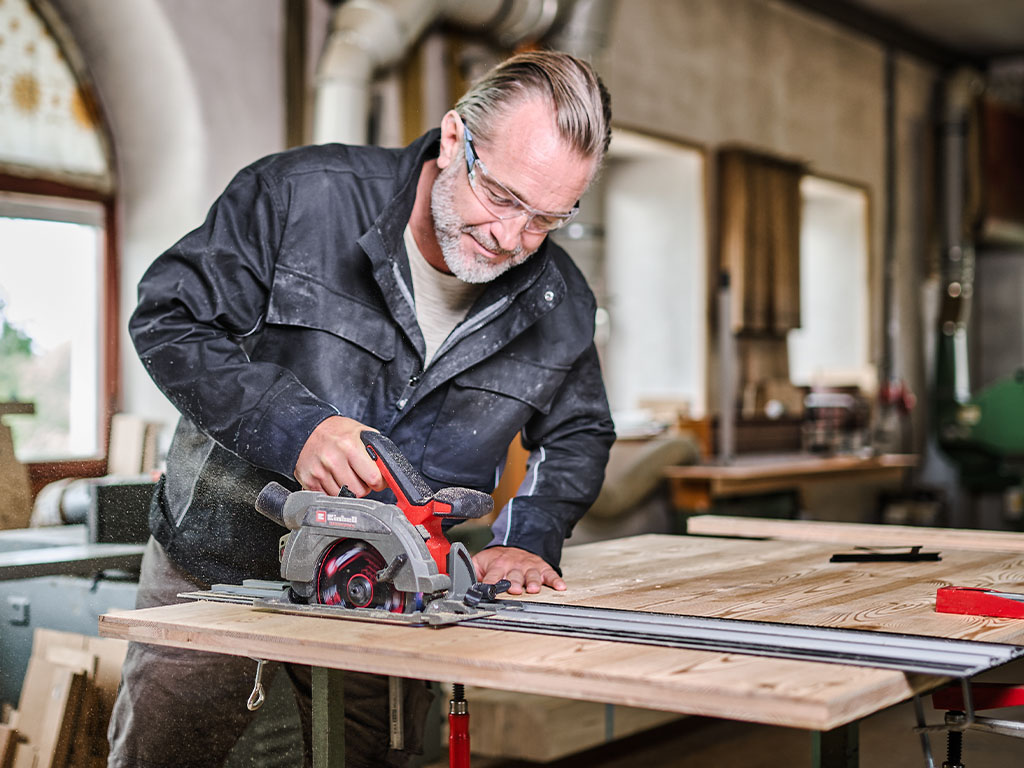
Hand-held circular saws and their use
We show you how to use a hand-held circular saw optimally and which accessories you need!
Do you want to benefit from all
Einhell advantages?
Precise and powerful sawing: this is where Einhell saws truly excel. To complement our range of saws, you’ll find a variety of sawing accessories in our collection. For instance, you can choose from different stands for sliding compound mitre saws or compound mitre saws, making it easy to convert them into stationary units. The Einhell sawing accessories also include guide rails, circular saw blades, bandsaw blades, reciprocating saw blades, scroll saw blades, and jigsaw blades. This ensures you’ll find the right accessory for every requirement.
With high-quality saw stands and guide rails from the Einhell range, you are perfectly equipped for precise and safe work. The mitre saw stands, with a working height of 75.5 cm to 84.5 cm and extendable workpiece supports on both sides, offer maximum stability and flexibility when cutting large workpieces. Additionally, the E-Stand, a universal stand with a working height of 81 cm, is suitable for various Einhell compound mitre and sliding compound mitre saws. The sturdy aluminium guide rails, each 1 metre long, enable exceptionally precise cuts with all Einhell circular saws and plunge saws – ideal for straight and long cuts.


The Einhell range offers the perfect circular saw blades for every application. For stationary battery or electric sliding compound mitre saws and table saws, you can choose blades with diameters from 200 mm to 315 mm. For Einhell cordless circular saws, blades are available in sizes of 150 mm, 165 mm, and 190 mm. The metal saw blades for circular saws are highly versatile and ideal for materials such as wood and PVC. With a cutting width of 1.6 mm to 3.2 mm and a tooth count ranging from 20 to 64, you can effortlessly perform both quick, rough cuts and fine, precise cuts.
The Einhell bandsaw blades, available in a practical 3-piece set, deliver reliable performance across a wide range of materials. Designed for Einhell cordless bandsaws, these blades are ideal for cutting softwood, hardwood, steel, and PVC. Measuring 114 cm in length, 13 mm in width, and 0.65 mm in thickness, they impress with their robust construction. With a tooth pitch of 10–14 TPI (teeth per inch), they ensure clean and precise cuts, whether for delicate tasks or powerful cuts through tough materials.


With Einhell's high-quality jigsaw, reciprocating, and scroll saw blades, you’re perfectly equipped for any project. These blades are supplied in sets to cover a wide range of applications or to replace worn blades immediately. The scroll saw blades are specifically designed for Einhell scroll saws, featuring a cutting length of 100 mm and tooth counts of 10 to 24 TPI – perfect for fine, precise tasks such as model building. The reciprocating saw blades, with their universal shaft, are compatible with all reciprocating saws. Depending on their length and tooth count, they provide versatility for cutting hardwood, softwood, mixed materials, plastic, and metal. The jigsaw blades, equipped with a T-shank mount, feature different tooth designs tailored to specific materials – enabling you to tackle any material with ease.
Discover everything you need to know about accessories for your mitre saw, jigsaw, reciprocating saw, circular saw, and more. Learn how to choose the right saw blades and stands to ensure you’re fully equipped for any task.
Einhell offers the perfect saw blade for every material. Wood saw blades have coarse to fine teeth and are ideal for cutting hardwood, softwood, plywood, and wood-like materials. The more teeth a blade has, the finer the cut. Most wood saw blades are made of HCS (high-quality carbon tool steel) or are carbide-tipped (HW/TCT). Metal saw blades are also carbide-tipped or made of bimetal (BIM) and are generally harder than wood saw blades. They feature very fine teeth to ensure precise cuts in hard materials such as steel. The number of teeth is often indicated as TPI or teeth per inch (the number of teeth per approximately 2.5 cm), as is common with scroll saw blades.


When looking at various saw blades, you may have come across the term “set teeth” or “tooth setting.” But what does it actually mean? The setting of saw blade teeth refers to the alternating bending of the teeth to the left and right. This creates a wider cutting channel than the blade itself, preventing it from getting stuck in the material and making sawing easier and more efficient. Tooth setting is particularly beneficial when working with damp or soft wood, as it improves chip removal and keeps the cut surface clean. With Einhell saw blades, the optimal tooth setting ensures quick cuts, making them perfect for precise and powerful work.
The alternate tooth design is a type of tooth configuration in circular saw blades, where the teeth are alternately bevelled to the left and right. This arrangement ensures consistent material removal and enables particularly clean, precise cuts – ideal for woodworking. Alternate tooth saw blades are highly versatile and excellent for crosscuts in solid wood as well as general tasks with softwood and wood-based materials such as plywood. Thanks to their specialised geometry, they handle different types of wood effortlessly, delivering precise results every time.


A Japanese tooth design and a down-cut saw blade share a common goal: achieving a clean cutting edge. Unlike a standard saw blade, which cuts on the forward stroke, a blade with a Japanese tooth design cuts on the pull stroke. This requires less effort and allows for highly accurate, clean cuts. The Japanese tooth design is characterised by particularly sharp, finely crafted teeth, making it ideal for precise, smooth cuts in wood, especially for delicate tasks such as furniture making. In contrast, a down-cut saw blade cuts on the downward stroke and is perfect for materials where tear-out on the visible surface needs to be avoided, such as coated boards. Both blade types ensure clean results but are tailored to specific woodworking requirements.

We show you how to use a hand-held circular saw optimally and which accessories you need!
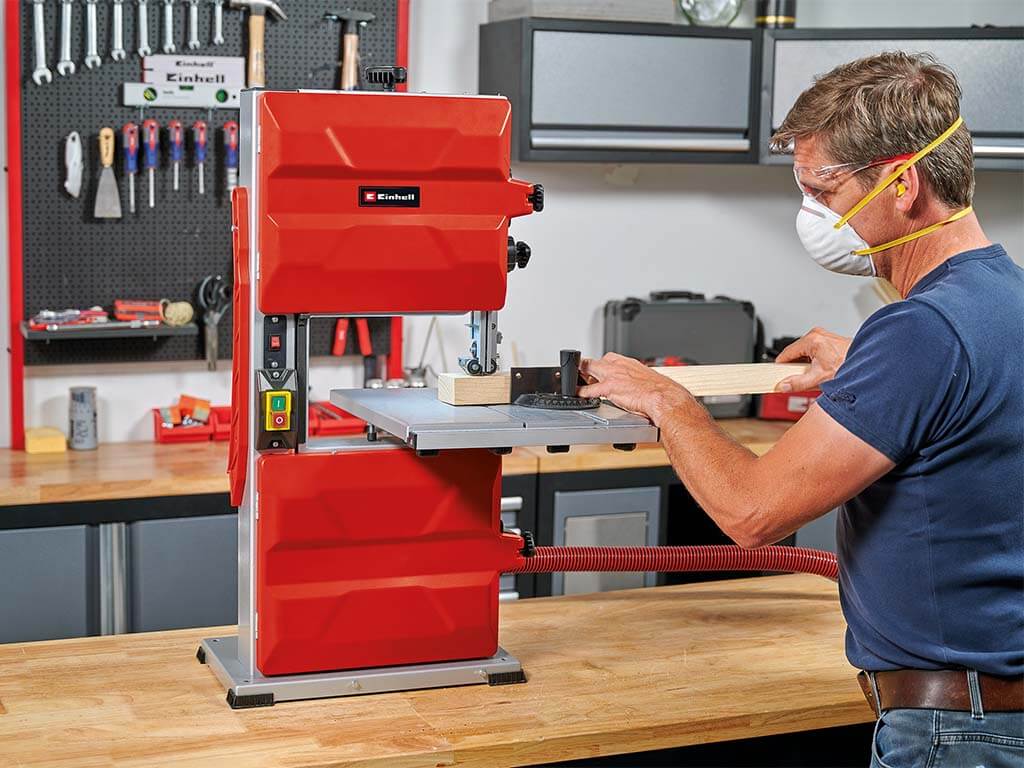
We'll explain why a band saw is the perfect equipment for your workshop!

We'll show you how to make your saw projects a success with the scroll saw!
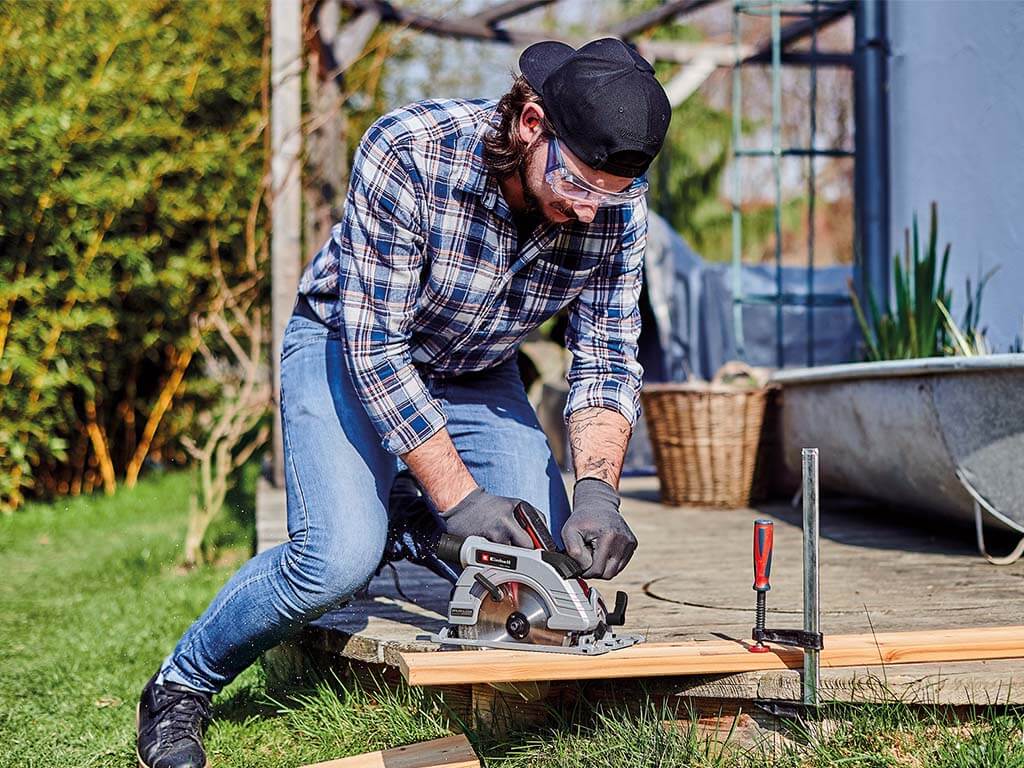
Read our review to find out what the cordless circular saw can do, and how to use it properly!

Optimal for your DIY projects, learn here how to best use the mitre saw.
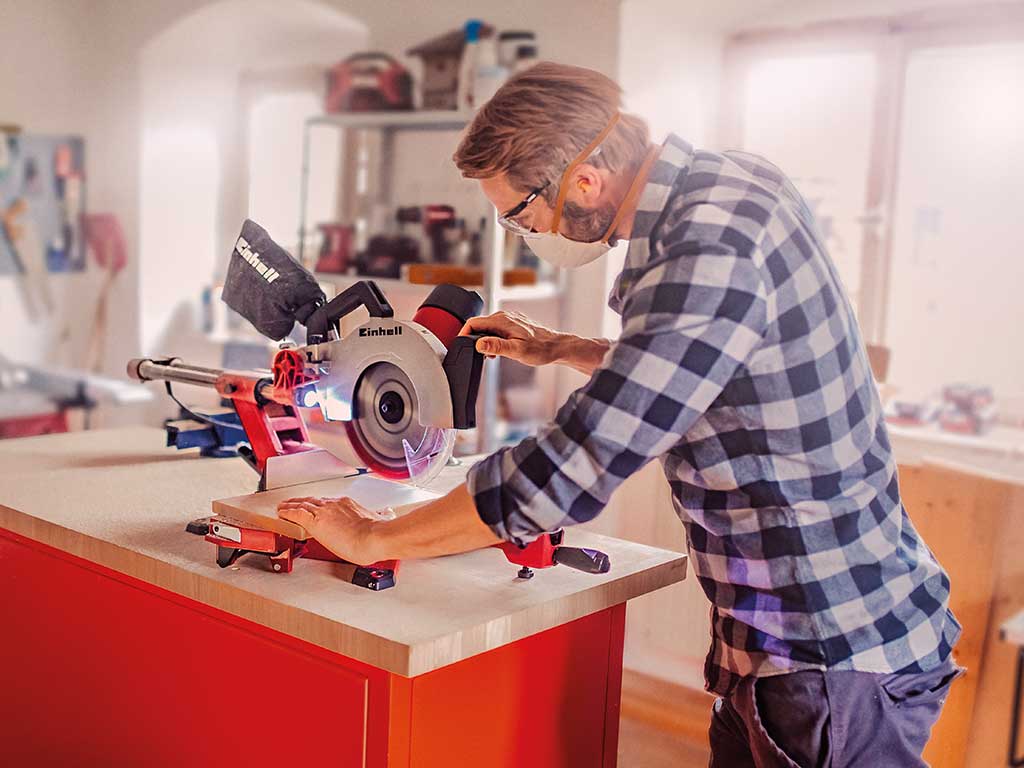
Mitre saws are considered true all-rounders among saws. But why is that? You will find the answer in…

Find out what you really need to pay attention to in this article.
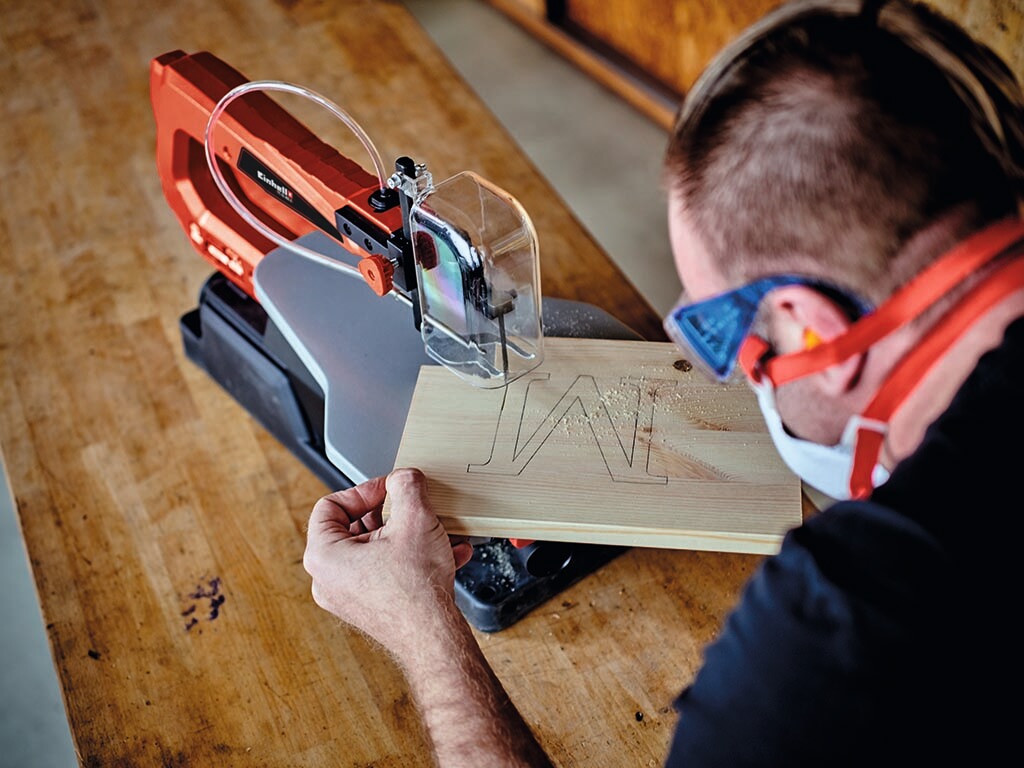
Discover the difference between a scroll saw and a band saw and their respective advantages.
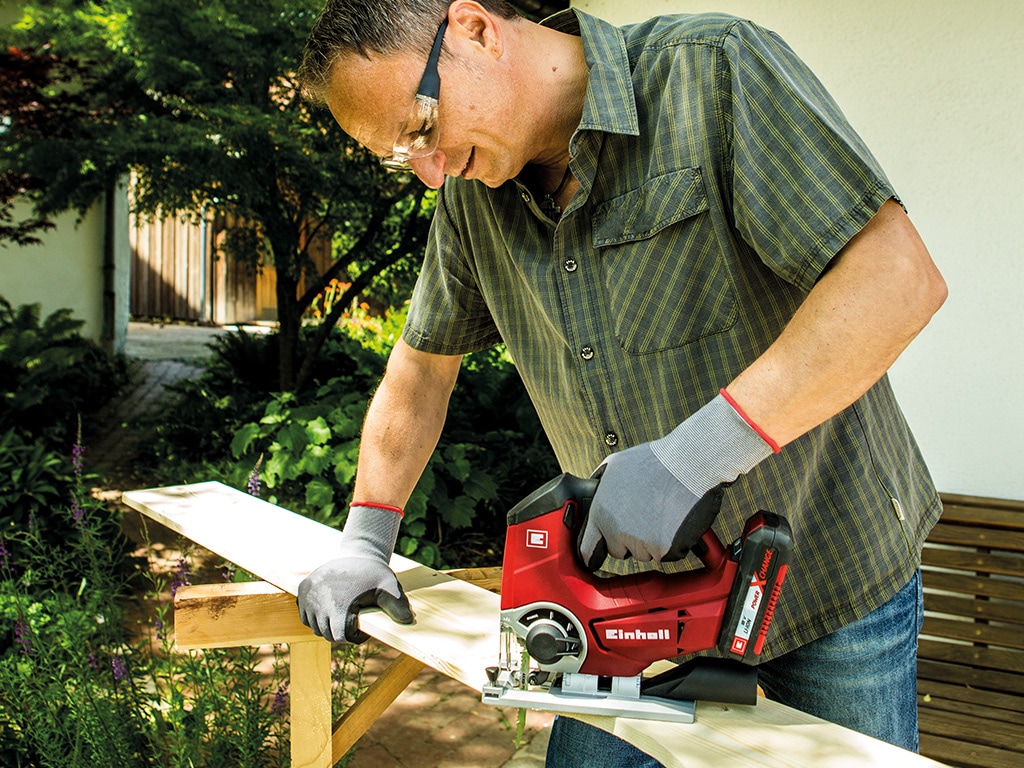
If you want to saw a hole or a circle, you can read all you need to know right here.
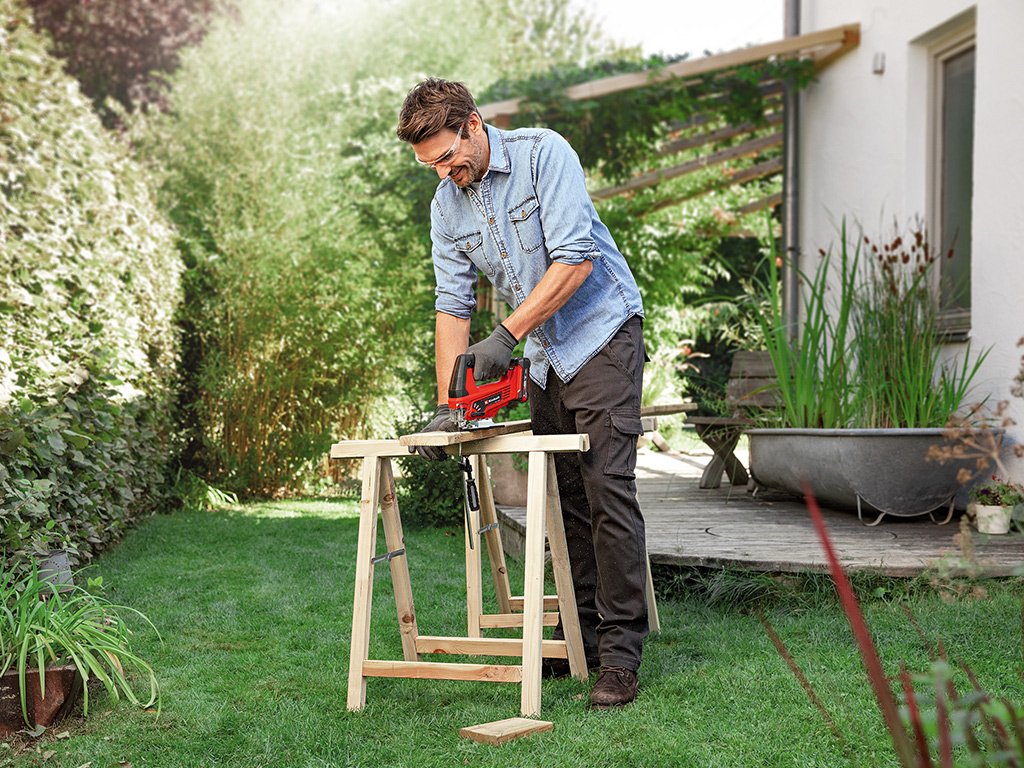
5 tips for straight sawing with your jigsaw – read more now in the Einhell blog.
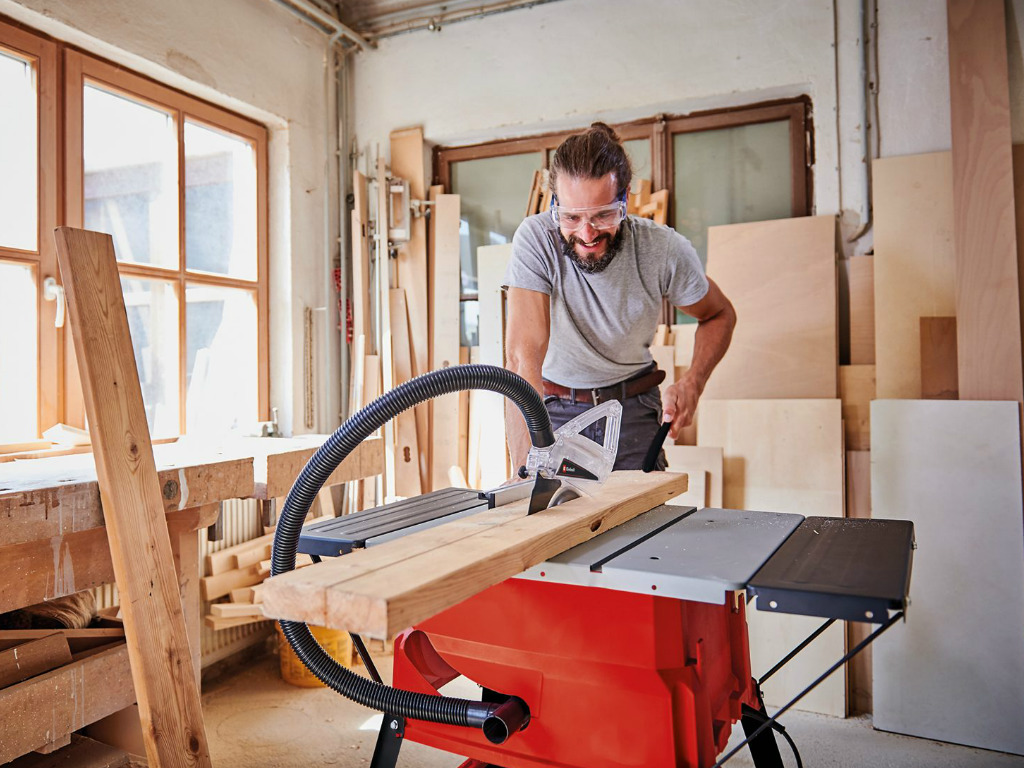
Find out all important tips and information about table saws here!
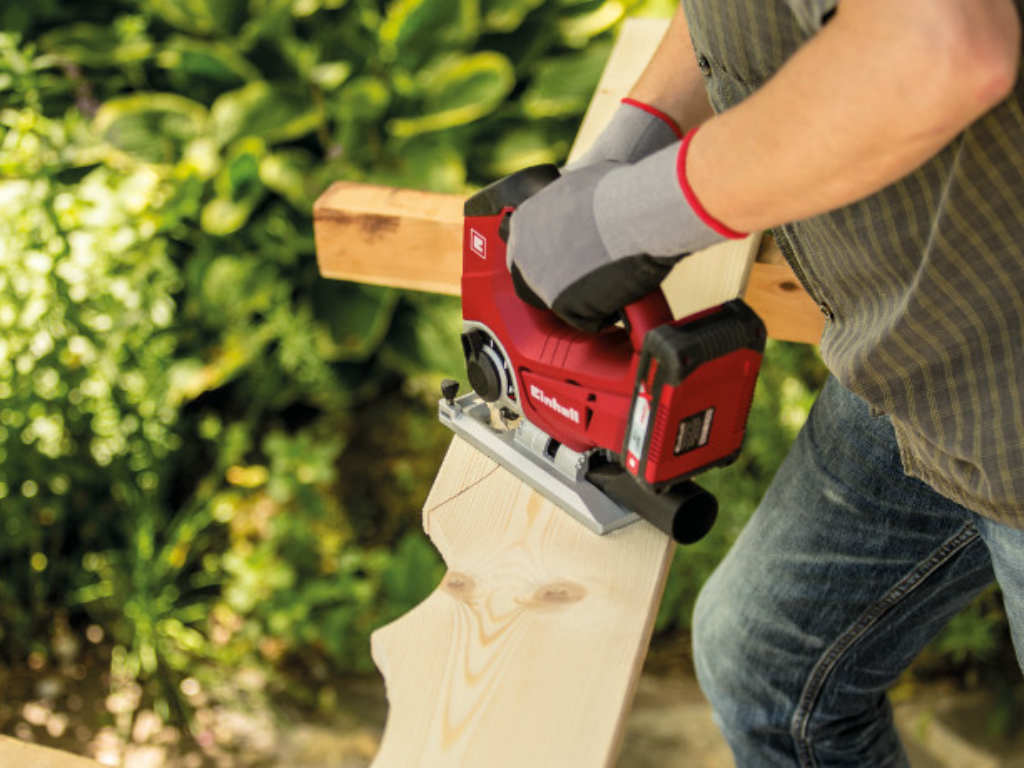
Which saw blade is used for which tasks? How do you do a curve cut? Find out here!
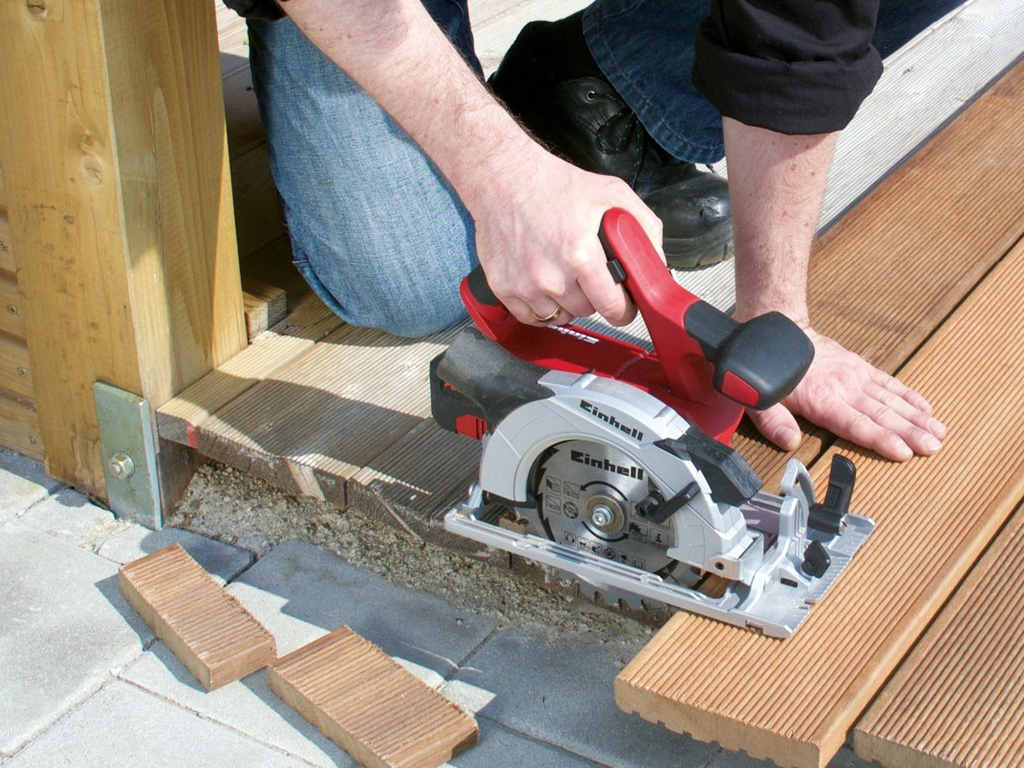
In most woodworking shops and in many DIY workshops the table saw is one of the key pieces of…
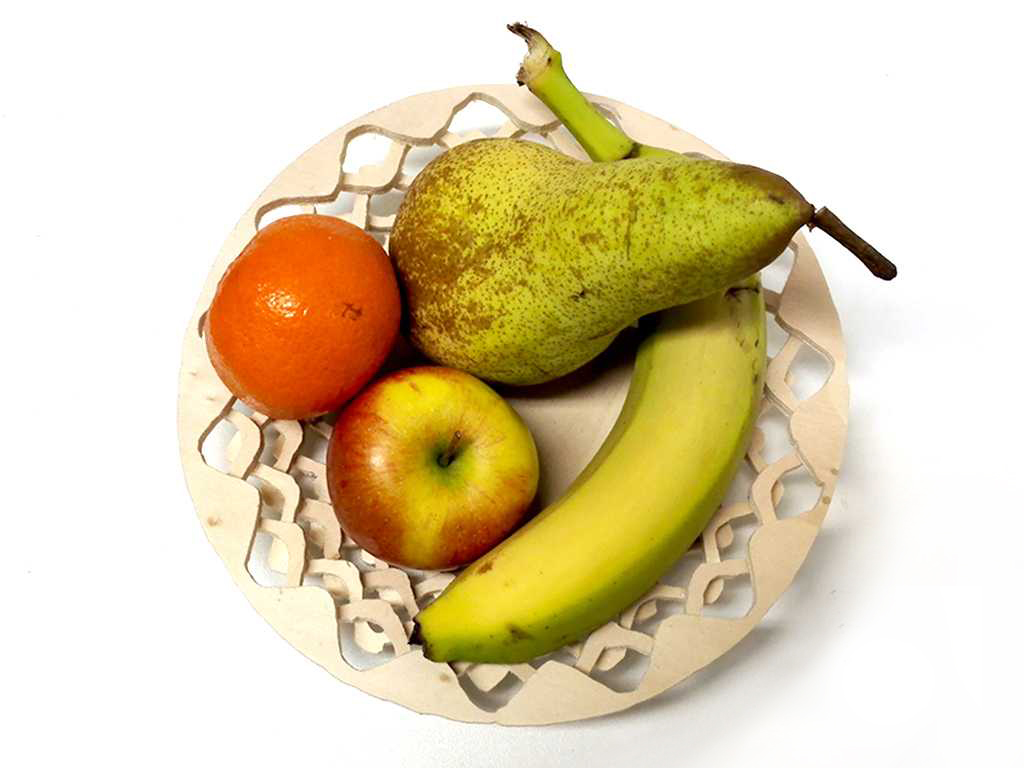
You can never have enough bowls in a household. Whether it's for fruits, candies, keys or other…

As well as drilling and screwing, sawing is one of the most common tasks in a DIYer's workshop. The…

The name sounds complicated, but the saw is much easier to use than you'd think.
Actually, it is a…

The right tool matters. Which model is good for which purpose and what to look out for when using…